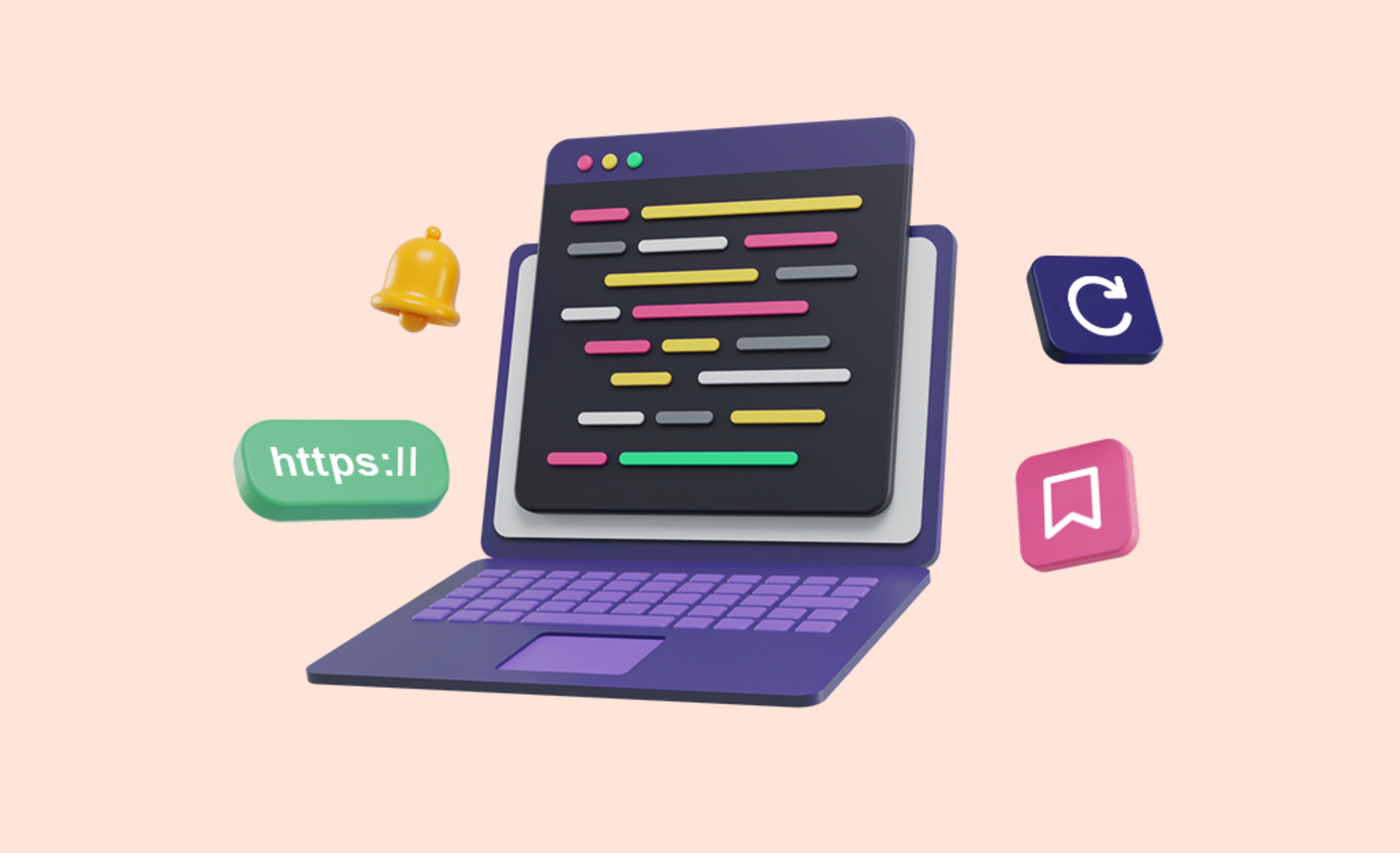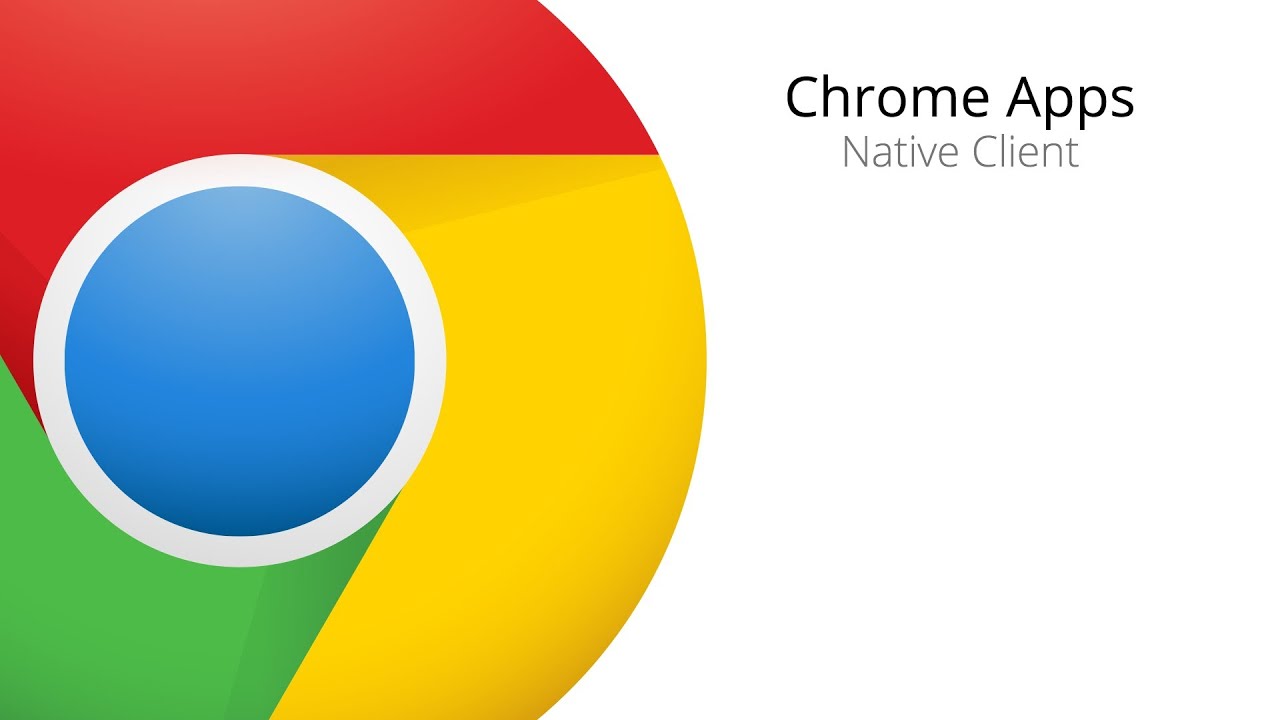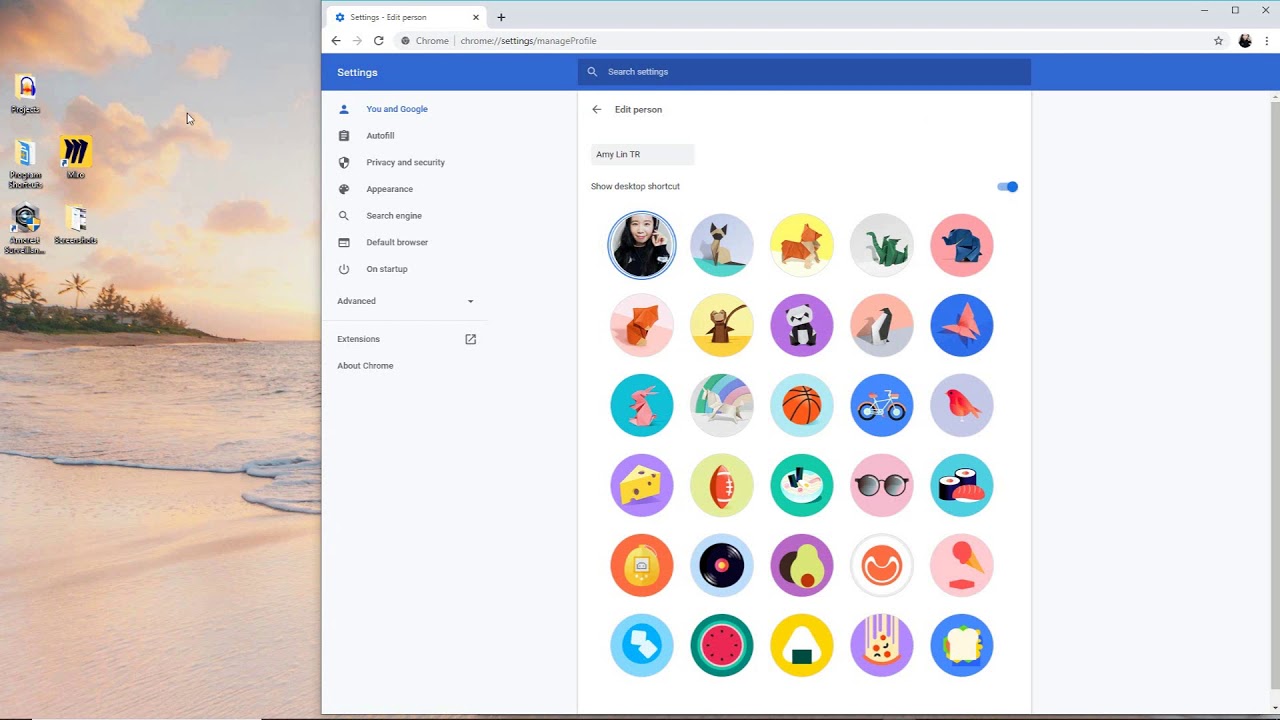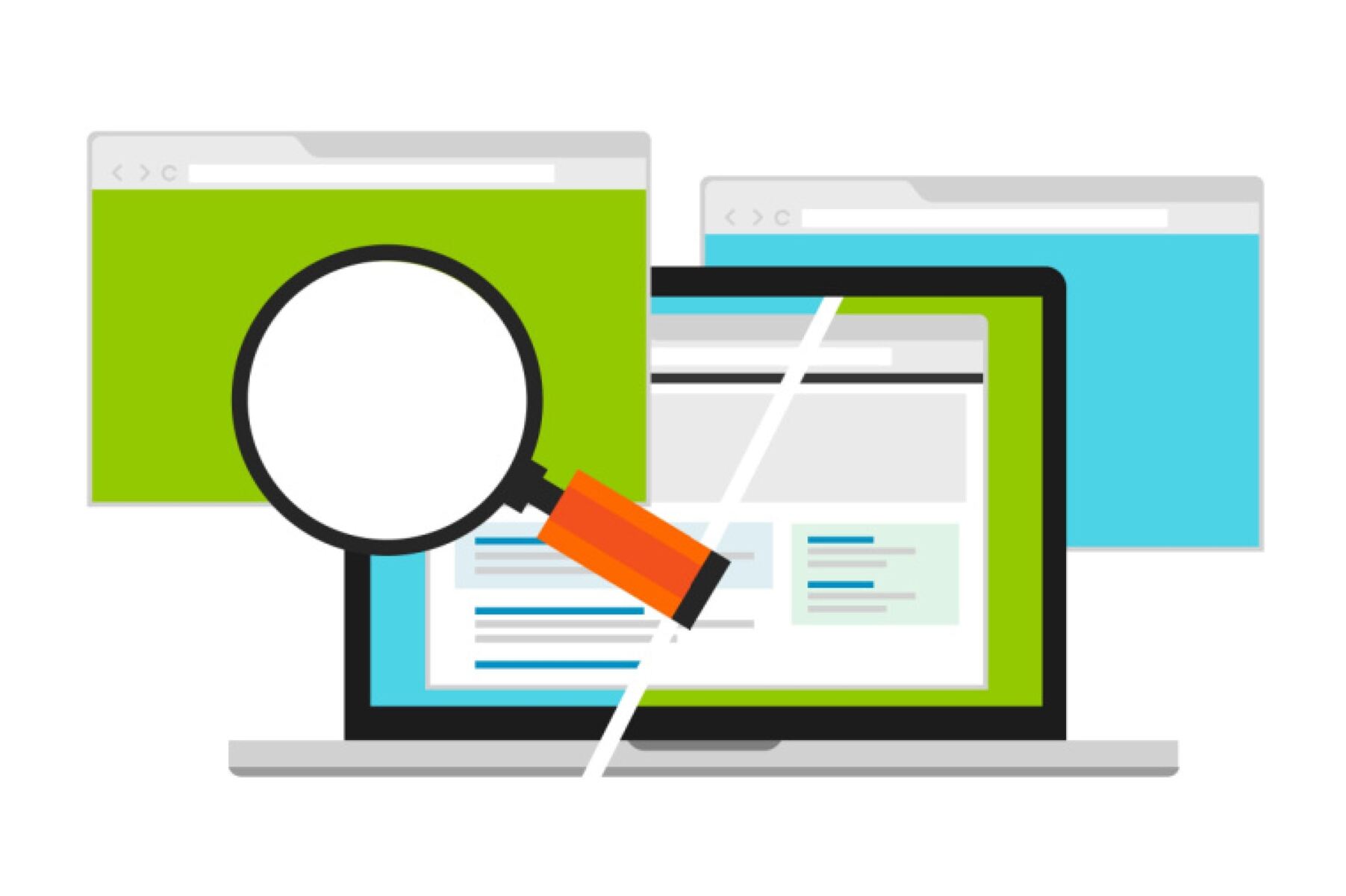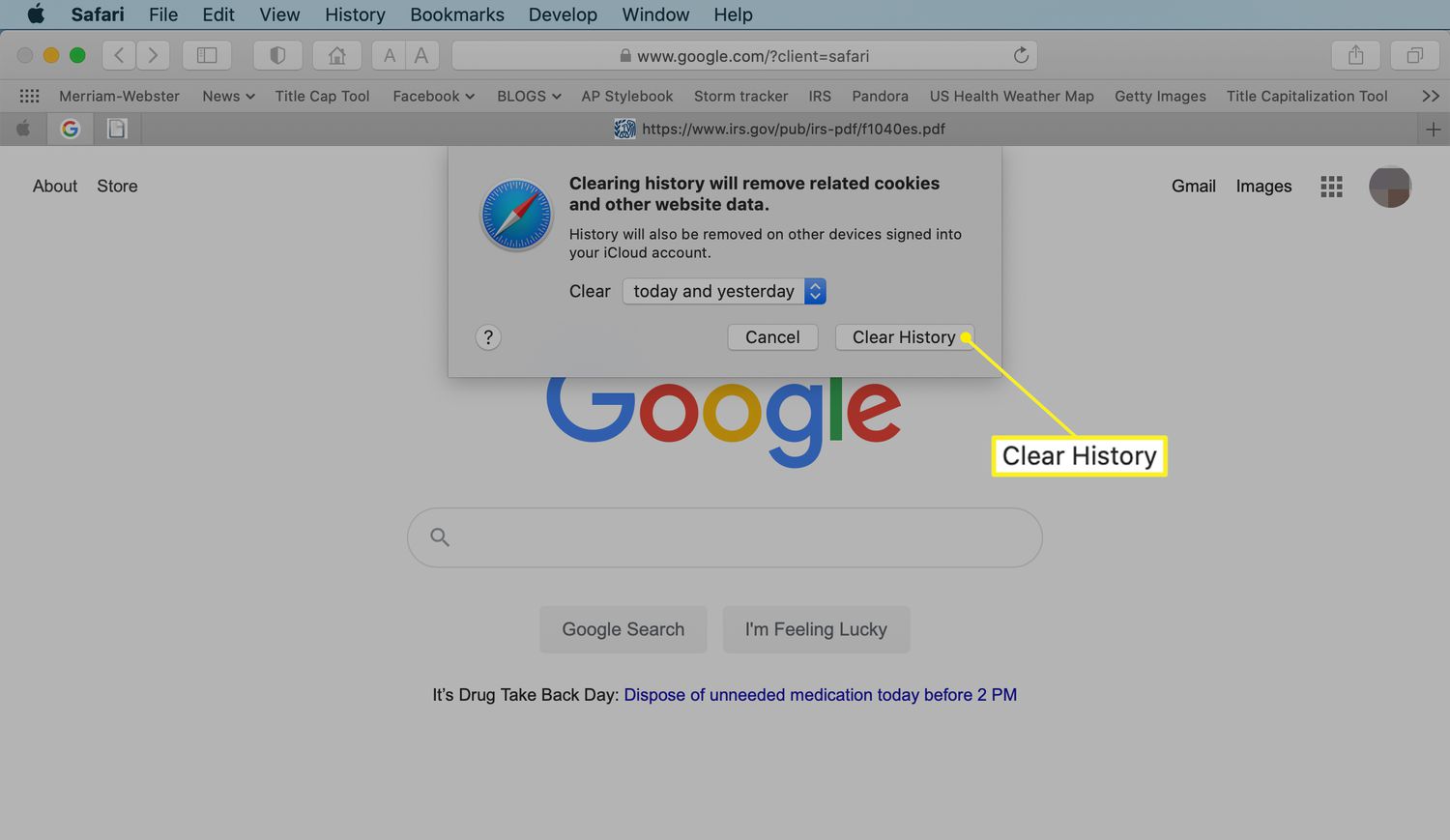Introduction
Creating a web browser from scratch is a fascinating and challenging endeavor that allows you to delve into the intricate world of web technologies. Whether you're a seasoned developer or an aspiring enthusiast, embarking on this journey promises a deep understanding of how browsers function and the opportunity to tailor a browsing experience to your preferences.
Building a web browser involves a series of complex tasks, including rendering web pages, managing user input, and ensuring compatibility with various web standards. This process demands a blend of technical expertise, creativity, and meticulous attention to detail. As you venture into this project, you'll gain valuable insights into the inner workings of browsers, from parsing HTML and CSS to executing JavaScript and handling network requests.
In this comprehensive guide, we'll explore the step-by-step process of creating a web browser, covering everything from selecting a programming language and setting up the development environment to implementing basic and advanced browser functionalities. By the end of this journey, you'll have the satisfaction of witnessing your custom browser come to life, equipped with essential features and the potential for further enhancements.
Embarking on the journey of creating a web browser is not only a testament to your technical prowess but also a gateway to honing your problem-solving skills and gaining a deeper appreciation for the software that powers our digital world. So, roll up your sleeves, sharpen your coding skills, and get ready to embark on an exciting adventure into the realm of web browser development.
Choosing a Programming Language
Selecting the right programming language is a pivotal decision when embarking on the creation of a web browser. The chosen language will influence the browser's performance, compatibility, and the ease of implementing essential features. Several programming languages are well-suited for browser development, each with its unique strengths and considerations. Here are some popular options to consider:
-
C++: Renowned for its performance and flexibility, C++ is a prevalent choice for building web browsers. Its ability to directly manipulate memory and optimize resource usage makes it ideal for crafting a fast and efficient browser engine. Additionally, C++ offers extensive libraries for networking, parsing, and rendering, empowering developers to create a robust browsing experience.
-
Rust: With a focus on safety, speed, and concurrency, Rust has emerged as a compelling language for browser development. Its memory safety features and strong type system contribute to building secure and reliable browser components. Rust's performance and modern syntax make it an attractive option for those seeking a balance between speed and code maintainability.
-
JavaScript: As the language of the web, JavaScript is a natural choice for building browser-based applications. Its ubiquity and compatibility with web standards make it an appealing option for creating browser extensions, custom UI components, and interactive features. JavaScript's event-driven nature aligns well with browser behavior, enabling seamless integration with web technologies.
-
TypeScript: Building on the foundations of JavaScript, TypeScript introduces static typing and enhanced tooling, making it a compelling choice for large-scale browser projects. Its ability to catch errors at compile-time and provide robust code navigation and refactoring support enhances the development experience and fosters code maintainability.
-
Python: While not as common in browser development, Python's simplicity and readability can be leveraged for building browser prototypes and experimenting with browser functionalities. Python's extensive standard library and rich ecosystem of third-party packages offer a wealth of tools for handling web-related tasks and data manipulation.
When choosing a programming language for browser development, it's essential to consider factors such as performance requirements, existing expertise within the development team, community support, and the specific features and capabilities offered by each language. Ultimately, the selected language should align with the project's goals and the envisioned browsing experience, laying a solid foundation for the subsequent stages of browser creation.
Setting Up the Development Environment
Setting up the development environment is a crucial initial step in the journey of creating a web browser. A well-configured environment provides the necessary tools and resources for efficient development, testing, and debugging. Here's a detailed exploration of the essential components and considerations for establishing a robust development environment:
Version Control System
Implementing a version control system, such as Git, is fundamental for managing the source code of the browser project. By utilizing version control, developers can track changes, collaborate seamlessly, and revert to previous states if needed. Hosting the repository on platforms like GitHub or Bitbucket facilitates team collaboration and code sharing.
Integrated Development Environment (IDE)
Selecting a suitable IDE tailored to the chosen programming language is pivotal for streamlining development workflows. IDEs like Visual Studio Code, JetBrains' IntelliJ IDEA, or Eclipse offer features such as code autocompletion, debugging tools, and integrated terminal access, enhancing productivity and code quality.
Build Tools and Automation
Integrating build tools and automation frameworks, such as CMake, Make, or Gradle, simplifies the compilation and packaging of the browser codebase. Automation scripts can handle repetitive tasks, such as building the project, running tests, and deploying the browser, reducing manual effort and ensuring consistent build outputs.
Browser Engine Dependencies
Depending on the chosen programming language and browser engine, integrating dependencies like WebKit, Blink, or Gecko is essential for rendering web content and handling browser functionalities. Managing these dependencies through package managers or build scripts ensures seamless integration and compatibility with the browser's core components.
Testing Frameworks
Incorporating testing frameworks, such as Selenium, Puppeteer, or Jest, enables comprehensive testing of the browser's functionalities, UI components, and performance. Automated testing facilitates early bug detection, regression testing, and validation of feature implementations, contributing to the overall stability and reliability of the browser.
Documentation and Collaboration Tools
Utilizing documentation platforms, such as Confluence or Markdown-based wikis, fosters knowledge sharing and maintains a comprehensive reference for the browser's architecture, APIs, and development guidelines. Collaboration tools like Slack, Microsoft Teams, or Discord facilitate real-time communication and knowledge exchange among the development team.
By meticulously configuring the development environment with these essential components, developers can lay a solid foundation for the subsequent stages of browser creation. A well-equipped environment not only streamlines development workflows but also fosters collaboration, code quality, and the seamless integration of core browser functionalities.
Designing the User Interface
Designing the user interface (UI) of a web browser is a pivotal aspect of creating a seamless and intuitive browsing experience. The UI serves as the primary point of interaction between users and the browser, encompassing elements such as the address bar, navigation controls, tabs, and settings. A well-crafted UI not only enhances usability but also reflects the browser's identity and functionality. Here's a detailed exploration of the key considerations and steps involved in designing the user interface for a custom web browser.
User-Centric Approach
Prioritizing user-centric design principles is fundamental in crafting an intuitive and visually appealing browser UI. Understanding user behaviors, preferences, and browsing habits lays the groundwork for designing a UI that aligns with user expectations and facilitates effortless navigation. Conducting user research, gathering feedback, and iterating on UI prototypes are essential steps in ensuring that the browser's interface resonates with its intended audience.
Visual Hierarchy and Layout
Establishing a clear visual hierarchy and layout for the browser UI is essential for guiding users' attention and organizing the various interface components. Elements such as the address bar, navigation buttons, and tab management should be strategically positioned to optimize accessibility and streamline user interactions. Consistent use of typography, color schemes, and visual cues contributes to a cohesive and visually engaging UI design.
Responsive and Adaptive Design
Incorporating responsive and adaptive design principles ensures that the browser UI seamlessly adapts to different screen sizes and devices. This approach enables a consistent browsing experience across desktops, tablets, and mobile devices, accommodating diverse user preferences and usage scenarios. Leveraging flexible layouts, fluid grids, and media queries empowers the browser UI to dynamically adjust to varying viewport dimensions.
Iconography and Visual Elements
Carefully selecting and designing icons, visual elements, and graphical assets enriches the browser UI with recognizable and meaningful visual cues. Icons for navigation controls, bookmarks, and extensions should be intuitive and easily comprehensible, enhancing the overall usability of the browser. Consistency in iconography and visual styling fosters a cohesive and polished UI design language.
Accessibility and Usability
Prioritizing accessibility and usability considerations ensures that the browser UI is inclusive and navigable for users with diverse needs and preferences. Incorporating accessible color contrasts, keyboard navigation support, and screen reader compatibility enhances the browser's usability for individuals with disabilities. Conducting usability testing and adhering to accessibility standards contribute to a more inclusive and user-friendly browser UI.
By meticulously addressing these considerations and principles, developers can craft a user interface that not only embodies the browser's functionality but also resonates with users, fostering a seamless and enjoyable browsing experience. The UI design process is an opportunity to infuse the browser with personality, usability, and visual coherence, setting the stage for the subsequent implementation of core browsing functionalities.
Implementing Basic Browser Functionality
Implementing basic browser functionality forms the cornerstone of creating a custom web browser, encompassing essential features that enable users to navigate the web, interact with web content, and manage their browsing experience. This pivotal phase involves integrating core functionalities that define the browsing experience, including rendering web pages, managing tabs, handling user input, and facilitating network communication. Here's a comprehensive exploration of the key components and considerations involved in implementing basic browser functionality.
Rendering Engine Integration
Integrating a rendering engine, such as Blink, WebKit, or Gecko, lies at the heart of enabling the browser to interpret and display web content. The rendering engine parses HTML, CSS, and JavaScript to render web pages accurately, ensuring a cohesive and visually appealing browsing experience. Leveraging the capabilities of the chosen rendering engine empowers the browser to handle diverse web content and adhere to web standards.
Tab Management and Navigation
Enabling tabbed browsing functionality allows users to manage multiple web pages within a single browser window. Implementing tab management features, such as opening, closing, and switching between tabs, enhances user productivity and multitasking capabilities. Additionally, integrating navigation controls, including back, forward, and refresh functionalities, empowers users to traverse their browsing history and interact with web content seamlessly.
User Input Handling
Efficiently managing user input, including keyboard and mouse interactions, is crucial for delivering a responsive and intuitive browsing experience. Implementing event handling mechanisms, input validation, and focus management ensures that users can interact with web pages, forms, and UI elements effortlessly. Furthermore, supporting keyboard shortcuts and customizable input preferences enhances user control and accessibility.
Network Requests and Resource Loading
Facilitating network requests for fetching web resources, such as HTML, CSS, images, and scripts, is fundamental for rendering web pages and enabling dynamic content delivery. Integrating network communication capabilities, including HTTP request handling, resource caching, and secure connections, ensures that the browser can retrieve and display web content efficiently while prioritizing user privacy and security.
Bookmarking and History Management
Enabling users to bookmark web pages and manage their browsing history contributes to a personalized and organized browsing experience. Implementing features for bookmark creation, categorization, and retrieval, as well as history navigation and search functionality, empowers users to revisit and organize their favorite web content, fostering a sense of continuity and familiarity within the browser.
By meticulously implementing these basic browser functionalities, developers lay a solid foundation for the custom web browser, empowering users to explore the web, interact with content, and tailor their browsing experience to their preferences. These core functionalities form the building blocks of a fully-fledged browser, setting the stage for the integration of advanced features and optimizations that elevate the browsing experience.
Adding Advanced Features
Incorporating advanced features into a custom web browser elevates the browsing experience and sets it apart from standard offerings. These features go beyond basic browsing functionalities, enriching the user experience, enhancing productivity, and fostering customization. Here's an in-depth exploration of the advanced features that can be integrated into a custom web browser:
Extension Support and Customization
Enabling support for browser extensions empowers users to personalize their browsing experience by adding functionality through third-party extensions. Integrating extension APIs, such as those for content blocking, ad filtering, and productivity tools, expands the browser's capabilities and allows users to tailor their browsing environment to their specific needs.
Privacy and Security Enhancements
Implementing advanced privacy and security features, such as enhanced tracking protection, secure browsing modes, and privacy-focused settings, reinforces user trust and safeguards their online activities. By prioritizing user privacy and mitigating security risks, the browser can offer a secure and transparent browsing environment.
Integrated Developer Tools
Incorporating robust developer tools, including a built-in debugger, performance profiler, and web console, caters to the needs of web developers and facilitates efficient web development and debugging workflows. Providing a seamless environment for web development and debugging enhances the browser's appeal to developers and contributes to the broader web development ecosystem.
Customizable User Interface
Offering extensive customization options for the browser's user interface, including themes, layout preferences, and UI element positioning, empowers users to tailor the visual and functional aspects of the browser to their liking. Customizable UI features contribute to a personalized and engaging browsing experience.
Cross-Platform Synchronization
Enabling seamless synchronization of browsing data, including bookmarks, history, and preferences, across multiple devices and platforms enhances user convenience and continuity. Integration with cloud services and cross-platform synchronization mechanisms fosters a cohesive and unified browsing experience across diverse devices.
Enhanced Accessibility Features
Prioritizing accessibility by implementing features such as screen reader compatibility, keyboard navigation enhancements, and visual impairment support ensures that the browser is inclusive and accessible to users with diverse needs. Enhancing accessibility features contributes to a more inclusive and user-friendly browsing experience.
By integrating these advanced features, a custom web browser can transcend the conventional browsing experience, offering users a feature-rich, secure, and personalized platform for exploring the web. These advanced functionalities cater to diverse user preferences and usage scenarios, positioning the custom browser as a compelling and versatile tool for navigating the digital landscape.
Testing and Debugging
Testing and debugging are integral phases in the development of a custom web browser, ensuring that the browser functions reliably, delivers a seamless user experience, and adheres to web standards. This critical phase encompasses a range of testing methodologies and debugging techniques aimed at identifying and resolving issues, optimizing performance, and validating the browser's functionality across diverse usage scenarios.
Unit Testing and Integration Testing
Unit testing involves evaluating individual components and modules of the browser, such as rendering engines, input handlers, and network communication modules, to validate their functionality in isolation. Integration testing focuses on assessing the interactions and interoperability of these components within the browser ecosystem, ensuring that they collaborate harmoniously to deliver the intended browsing experience.
Compatibility and Cross-Browser Testing
Conducting compatibility testing across different operating systems, devices, and browser environments is crucial for verifying the browser's behavior and rendering consistency. Cross-browser testing validates the browser's compatibility with various web standards and ensures that web pages render accurately across different browsers, addressing potential compatibility issues and discrepancies.
Performance Profiling and Optimization
Performance profiling involves analyzing the browser's resource utilization, rendering speed, memory footprint, and overall responsiveness to identify performance bottlenecks and areas for optimization. Leveraging profiling tools and benchmarks enables developers to fine-tune the browser's performance, enhance rendering efficiency, and minimize resource consumption for a snappier and more efficient browsing experience.
Regression Testing and Edge Case Scenarios
Regression testing involves revalidating previously implemented features and functionalities to detect any unintended regressions or deviations from expected behavior. Additionally, testing edge case scenarios, such as low network connectivity, resource-intensive web content, and atypical user interactions, ensures that the browser remains robust and resilient in diverse usage contexts, addressing potential edge case vulnerabilities.
Debugging Tools and Error Analysis
Utilizing robust debugging tools, such as browser developer tools, console logs, and error tracking mechanisms, facilitates the identification and resolution of runtime errors, rendering glitches, and performance anomalies. Thorough error analysis and stack tracing empower developers to diagnose and rectify issues, ensuring the stability and reliability of the browser across various usage scenarios.
By rigorously testing and debugging the custom web browser, developers can validate its functionality, optimize its performance, and fortify its resilience against potential issues and edge case scenarios. This meticulous validation process culminates in a refined and dependable browser that delivers a consistent and enjoyable browsing experience to its users.
Conclusion
Embarking on the journey of creating a custom web browser is a testament to the ingenuity and technical prowess of developers, offering a deep dive into the intricate world of web technologies. Throughout this comprehensive guide, we've traversed the essential steps and considerations involved in crafting a web browser from scratch, from selecting a programming language and setting up the development environment to implementing basic and advanced functionalities.
As the digital landscape continues to evolve, the demand for innovative and tailored browsing experiences grows. By venturing into the realm of web browser development, developers have the opportunity to shape the future of browsing, infusing their creations with advanced features, customization options, and a commitment to privacy and security.
The process of creating a web browser is not merely a technical endeavor; it is a journey of exploration, problem-solving, and creativity. It involves understanding user behaviors, anticipating diverse usage scenarios, and striving to deliver a browsing experience that is intuitive, efficient, and inclusive.
As developers navigate the complexities of rendering engines, user interface design, and performance optimization, they gain a profound understanding of the intricate interplay between web technologies and user interactions. This journey fosters a deep appreciation for the nuances of web development and the pivotal role that browsers play in shaping the digital experiences of users worldwide.
The completion of a custom web browser marks the culmination of countless hours of dedication, innovation, and meticulous craftsmanship. It represents a testament to the developer's commitment to delivering a browsing experience that transcends the ordinary, offering users a platform that is not only functional but also reflective of their preferences and priorities.
In conclusion, the journey of creating a web browser is a testament to the boundless creativity and technical acumen of developers. It is a journey that transcends code and interfaces, delving into the realm of user experiences, digital innovation, and the ever-evolving landscape of the web. As developers embark on this journey, they not only craft a browser but also contribute to the ongoing narrative of web technology, shaping the way users interact with the digital world.







